DataScience & Analytics
Data Science and Analysis is a powerful and versatile domain used to derive insights, make data-driven decisions, and solve complex problems. It consists of key methodologies such as Data Extraction, Data Preparation, Data Modeling, and Visualization, all of which work seamlessly together. At Tetraskills, we specialize in training future-ready professionals to master the skills and tools of Data Science and Analysis and excel in creating impactful solutions for modern businesses.
Enroll Today – Classes Begin: Soon
Registration Open
Price : 14000/- INR
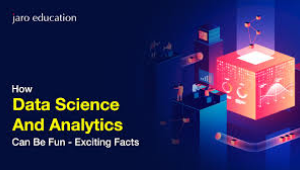
200 hr +
Programme
600 +
Students Enrolled
Offline Batch
In our Learning Center
Online Batch
Connect from any where
Internship
Opportunities

About DataScience & Analytics Course
Data Science and Analysis is a powerful and versatile domain used to derive insights, make data-driven decisions, and solve complex problems. It consists of key methodologies such as Data Extraction, Data Preparation, Data Modeling, and Visualization, all of which work seamlessly together. At Tetraskills, we specialize in training future-ready professionals to master the skills and tools of Data Science and Analysis and excel in creating impactful solutions for modern businesses.
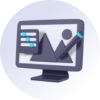
Industry-Relevant Skills:
Master the tools and technologies that are in demand across leading industries.

Hands-On Experience:
Work on real-world projects to gain practical knowledge and confidence.

Expert Guidance:
Learn from experienced professionals who provide insights and mentorship.

Certification:
Industry renowned internship & course completion certification
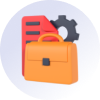
Career Opportunities:
Enhance your employability with skills that stand out in the competitive job market.

Comprehensive Learning:
Gain a deep understanding of both foundational and advanced concepts.
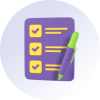
Personal Growth:
Develop problem-solving, communication, and teamwork skills essential for success.

Career Transition:
More than 1200 learners upgraded their careers in the last 12 months
Course Offerings

Diverse Project Portfolio

Practice Exercises

Doubt Clearing Sessions

Dedicated Buddy Support

Industry Oriented Curriculum

Industry Recognized Certificate

Q&A Forum

Instructor Led Sessions
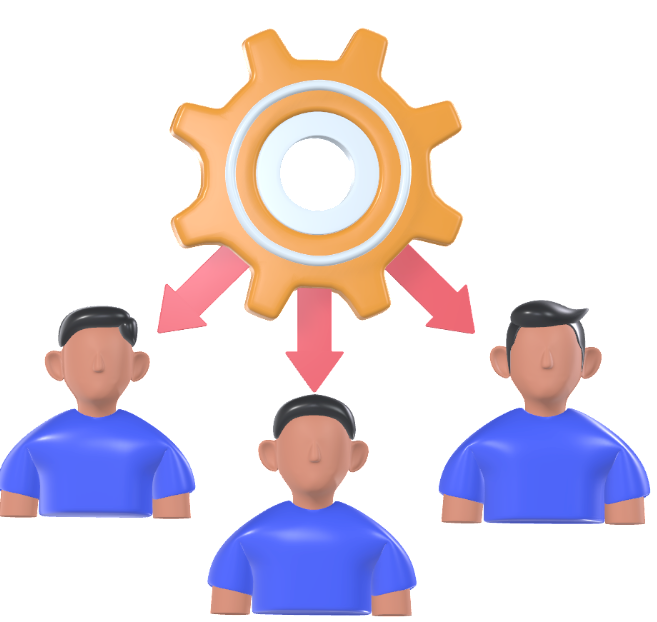
Peer to Peer Networking

Email Support

Mock Interviews
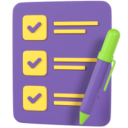
Module Level Assignments
Become a Tools Expert
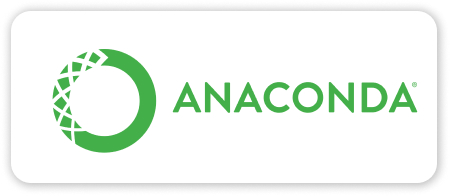

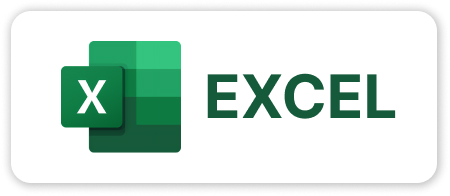
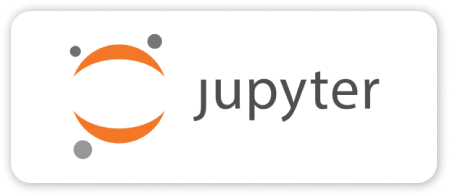

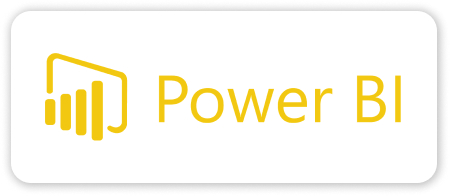
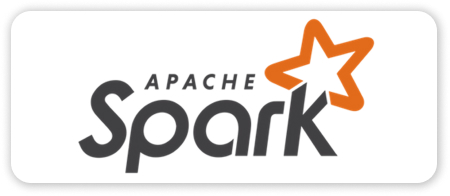
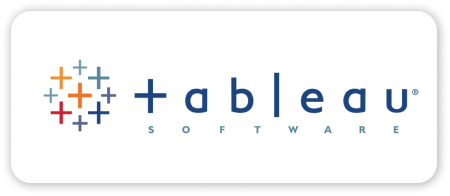
Course Structure
Fundamentals
Key Areas Covered
Introduction to Data Science & Analytics
- Understanding the role of Data Science in modern business decision-making.
- Key differences between Data Science, Data Analytics, and Data Engineering.
- Real-world use cases across industries.
Data Types and Formats
- Structured, Semi-Structured, and Unstructured Data.
- Common data formats: CSV, JSON, Excel, SQL databases.
The Data Science Lifecycle
- Data Collection: Gathering data from various sources (databases, APIs, web scraping).
- Data Cleaning: Removing inconsistencies, handling missing data, and ensuring quality.
- Data Analysis: Identifying trends and patterns.
- Data Visualization: Presenting insights through graphs, charts, and dashboards.
- Interpretation and Communication of Results.
Tools for Data Science and Analytics
- Programming Languages: Python, R.
- Data Manipulation Libraries: Pandas, NumPy.
- Visualization Libraries: Matplotlib, Seaborn, Tableau.
- SQL for database querying and manipulation.
Introduction to Statistics
- Basic statistical measures (mean, median, mode, standard deviation).
- Probability basics and its application in data analysis.
Problem-Solving with Data
- Formulating data-driven questions.
- Exploratory Data Analysis (EDA) to uncover insights.
Ethics in Data Science
- Understanding bias in data.
- Privacy and confidentiality in handling datasets.
Basics
Introduction to Python Programming
Learn the basics of Python, including syntax, code structure, and running Python programs.Variables, Data Types, and Operators
Understand how to store, manipulate, and use data with variables, data types (strings, integers, etc.), and operators.Control Structures (if-else, loops)
Master decision-making and repetition in Python using conditional statements and loops.Functions and Modules
Explore reusable blocks of code with functions and how to use/import modules for added functionality.
Core
Introduction to Python Libraries: NumPy, Pandas, and Matplotlib
Get familiar with essential libraries for data manipulation, analysis, and visualization.Data Manipulation using Pandas
Learn to clean, filter, aggregate, and transform datasets efficiently using Pandas.Working with Arrays using NumPy
Perform numerical computations and work with multi-dimensional arrays using NumPy.File Handling and Exception Handling
Understand how to read/write files and handle errors gracefully during execution.
Intermediate
Exploratory Data Analysis (EDA) Techniques
Analyze datasets to discover patterns, trends, and insights using Python tools.Data Visualization with Seaborn and Matplotlib
Create stunning and informative charts and graphs to present your data.APIs and JSON Data Processing
Learn to interact with APIs to retrieve data and process JSON data for analysis.Basic Statistics using Python
Apply statistical methods like mean, median, mode, variance, and more using Python.
Advanced
Advanced Data Wrangling
Dive deep into reshaping, merging, and cleaning complex datasets for analysis.Database Integration with Python (SQLAlchemy, SQLite)
Connect Python to databases, perform queries, and integrate SQL for data storage and retrieval.Automation and Script Development
Build scripts to automate repetitive tasks and improve efficiency in data workflows.Real-World Applications and Case Studies
Apply all learned skills to real-world scenarios and work on hands-on projects to solidify knowledge.
Basics
Introduction to Statistics
Learn the foundation of statistics, including its role in data analysis and decision-making.Measures of Central Tendency (Mean, Median, Mode)
Understand how to summarize data using measures that represent the center of a dataset.Measures of Dispersion (Variance, Standard Deviation)
Explore how to measure data spread and variability within datasets.
Core
Probability Concepts and Distributions
Study the basics of probability, probability distributions (normal, binomial, etc.), and their applications.Hypothesis Testing
Learn to formulate and test hypotheses to draw conclusions about population parameters.Correlation and Regression Analysis
Understand relationships between variables and predict outcomes using linear regression models.
Intermediate
Sampling Methods and Techniques
Explore different sampling techniques and their importance in statistical analysis.Analysis of Variance (ANOVA)
Learn how to compare means across multiple groups to identify significant differences.Time Series Analysis
Study data that varies over time, identify trends, and make forecasts using statistical methods.
Advanced
Multivariate Statistics
Analyze datasets with multiple variables and understand techniques like PCA, cluster analysis, and factor analysis.Bayesian Statistics
Learn probabilistic inference using Bayes’ theorem and apply Bayesian approaches to statistical modeling.Statistical Model Validation
Ensure the accuracy and reliability of statistical models through validation techniques like cross-validation and residual analysis.
Basic Topics
Introduction to Data Visualization
Understand the importance of data visualization in data analysis and decision-making.Fundamentals of Visualizing Data
Learn key principles of effective data visualization, including clarity, simplicity, and accuracy.Creating Basic Plots (Bar, Line, Scatter)
Start creating simple yet powerful visualizations such as bar charts, line graphs, and scatter plots.
Core Concepts
Data Visualization with Matplotlib
Master Python’s foundational visualization library to create static and dynamic plots.Advanced Visualizations with Seaborn
Explore advanced statistical visualizations such as box plots, violin plots, and pair plots.Dashboard Creation with Tableau
Learn to build interactive dashboards and visual storytelling using Tableau.
Intermediate Topics
Interactive Visualizations using Plotly
Create interactive and engaging charts such as 3D plots, animated graphs, and more using Plotly.Storytelling with Data Visualizations
Learn to design visualizations that effectively communicate insights and narratives.Heatmaps, Pair Plots, and Other Advanced Charts
Dive into advanced visualizations like heatmaps and multi-variable pair plots for deeper insights.
Advanced Topics
Building Data Dashboards
Create comprehensive and interactive dashboards for real-time data monitoring and reporting.Best Practices for Effective Visualization
Learn design principles to ensure your visualizations are clear, impactful, and professional.Real-World Visualization Projects
Apply your skills to real-world projects, integrating multiple visualization tools and techniques.
Basic Topics
Introduction to Machine Learning
Learn the core concepts of Machine Learning, its applications, and its role in modern technology.Types of Machine Learning (Supervised, Unsupervised, Reinforcement)
Understand the three main types of machine learning and when to apply each.Preparing Data for Machine Learning
Learn data preprocessing techniques, including cleaning, transforming, and splitting data for model training.
Core Concepts
Linear Regression and Logistic Regression
Explore regression techniques for predicting continuous and categorical outcomes.Clustering Techniques (K-Means, Hierarchical)
Learn how to group data points into clusters based on their similarities.Feature Engineering and Scaling
Master techniques to extract meaningful features and scale data for optimal model performance.
Intermediate Topics
Decision Trees and Random Forests
Understand tree-based algorithms for classification and regression tasks.Model Evaluation and Metrics (Confusion Matrix, ROC Curve)
Learn to evaluate model performance using metrics like accuracy, precision, recall, and ROC-AUC.Dimensionality Reduction (PCA)
Simplify datasets while retaining essential information using Principal Component Analysis (PCA).
Advanced Topics
Introduction to Neural Networks
Understand the basics of neural networks, including structure and activation functions.Basics of Deep Learning
Learn foundational concepts of deep learning, including multi-layered networks and backpropagation.Building End-to-End Machine Learning Models
Gain hands-on experience building and deploying machine learning models for real-world applications.
Basic Topics
Introduction to Big Data
Understand the concept of Big Data, its characteristics (volume, velocity, variety), and its importance in modern analytics.Basics of Distributed Systems
Learn how distributed systems enable Big Data processing by dividing tasks across multiple nodes.Overview of Hadoop Ecosystem
Get familiar with the key components of Hadoop, including HDFS, MapReduce, and YARN.
Core Concepts
Working with HDFS
Learn to store, manage, and retrieve large datasets using the Hadoop Distributed File System.Basics of Apache Spark
Explore the fundamentals of Apache Spark, a fast and general-purpose engine for large-scale data processing.Data Processing with MapReduce
Understand the MapReduce programming model for processing large datasets in a distributed environment.
Intermediate Topics
Real-Time Processing with Spark Streaming
Learn how to process and analyze streaming data in real-time using Apache Spark.Hive and Pig for Big Data Analysis
Explore Hive for SQL-like querying and Pig for data transformation and analysis in the Hadoop ecosystem.Introduction to Cloud Platforms for Big Data (AWS, Azure, GCP)
Discover how cloud platforms offer scalable solutions for Big Data storage and processing.
Advanced Topics
Handling Large Datasets with Spark MLlib
Use Spark’s MLlib library for scalable machine learning on large datasets.Optimizing Big Data Pipelines
Learn techniques to improve the efficiency and reliability of data pipelines.Big Data Project Implementation
Apply Big Data tools and techniques to build and deploy end-to-end projects in real-world scenarios.
Introduction to Node.js
- Introduction to Node.js:
- Setup:
node -v and npm -v.- First Steps:
Understanding Core Concepts
- Modules:
fs, http, path).- File System:
- Creating a Simple Server:
http module to create a basic web server.
Deep Dive into Asynchronous Programming
- Callbacks:
- Promises:
- Async/Await:
Build Projects from Scratch
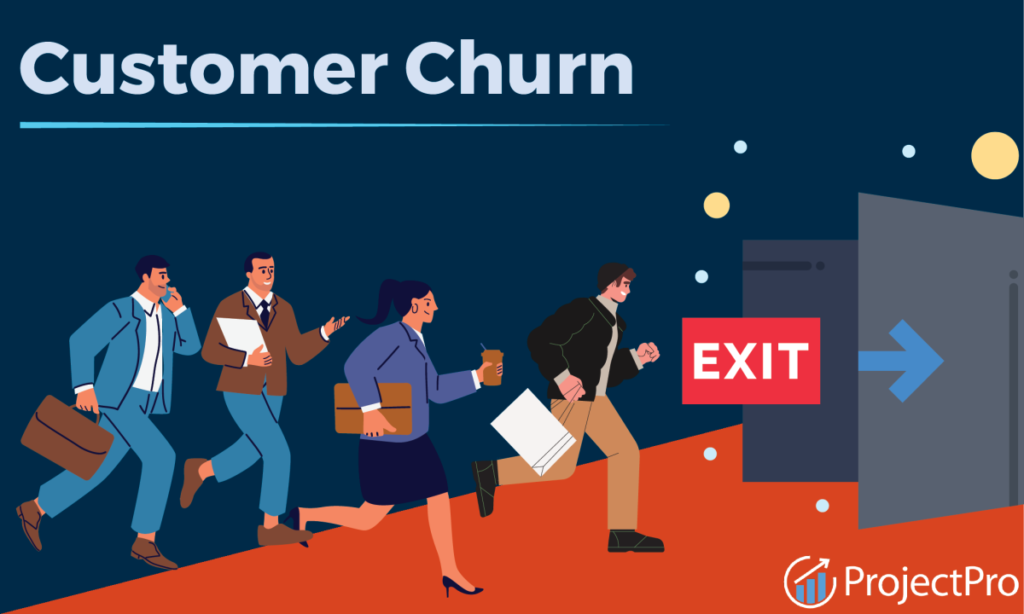
Customer Churn Prediction Project
The Customer Churn Prediction project is a data-driven application designed to predict whether a customer is likely to stop using a product or service. Built using Python and essential data science libraries, this project demonstrates the use of machine learning techniques to solve real-world business problems.
Key Features:
- Data Processing: Preprocesses raw customer data to clean, transform, and prepare it for model training.
- Exploratory Data Analysis (EDA): Identifies key patterns and trends in customer behavior that lead to churn.
- Machine Learning Model: Implements algorithms like Logistic Regression or Random Forest to predict churn probabilities.
- Visualization: Uses Matplotlib and Seaborn to create visual insights like feature importance and churn trends.
- Actionable Insights: Provides predictions to help businesses target at-risk customers and improve retention strategies.
This project is an excellent practice for applying machine learning, EDA, and data visualization techniques while solving a critical business challenge.
Sentiment Analysis of Social Media Data
The Sentiment Analysis of Social Media Data project is a natural language processing (NLP) application designed to analyze public sentiment on social media platforms like Twitter. Using Python and popular NLP libraries, this project identifies whether a post conveys positive, negative, or neutral emotions.
Key Features:
- Data Collection: Leverages APIs like Twitter API to collect real-time or historical social media posts.
- Data Preprocessing: Cleans and processes text by removing noise, such as hashtags, mentions, links, and stop words.
- Sentiment Classification: Uses machine learning models or pre-trained NLP tools like TextBlob or VADER to classify sentiment.
- Visualization: Generates visual reports such as pie charts and bar graphs to display sentiment distribution across the data.
- Insights for Decision Making: Helps businesses or organizations understand public perception about their brand, products, or campaigns.
This project is an excellent opportunity to practice NLP techniques, API integration, and data visualization, providing valuable insights for sentiment-driven decision-making.
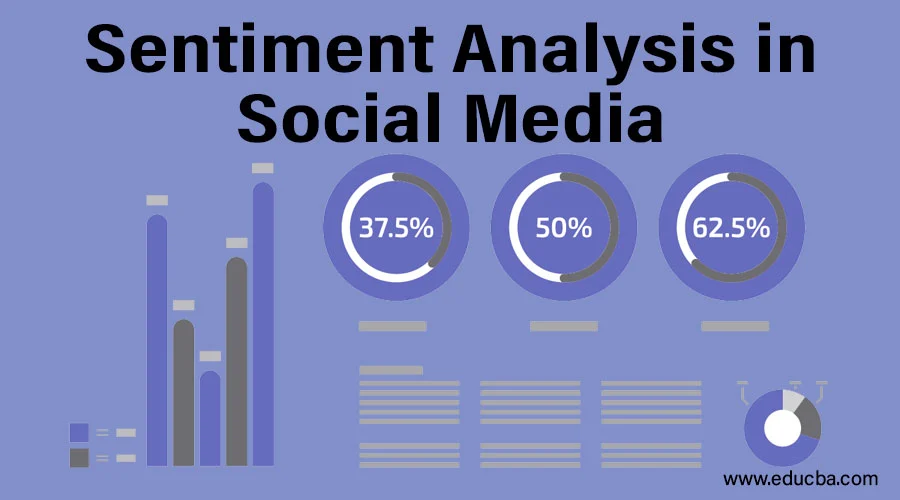
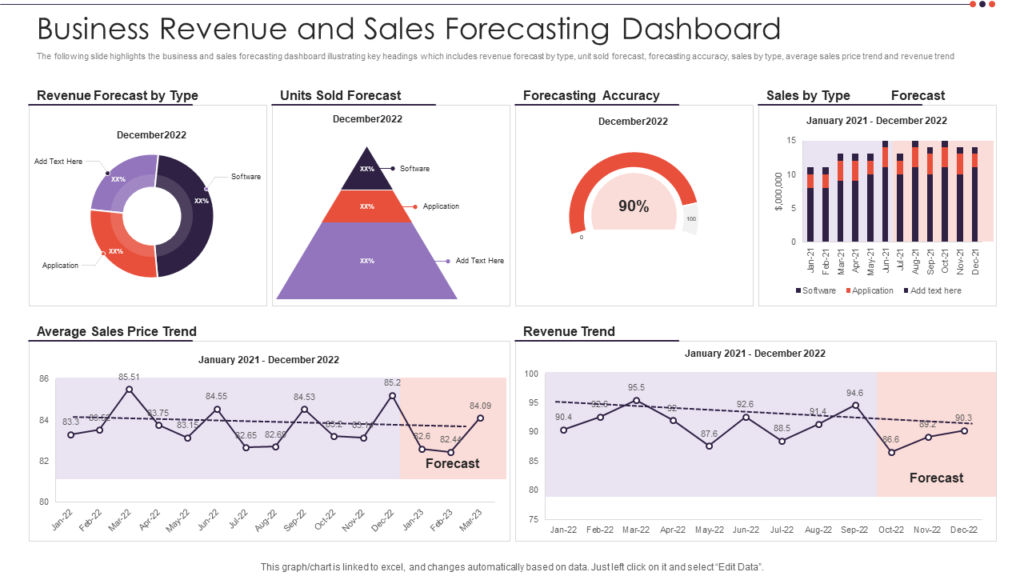
Sales Forecasting Dashboard
The Sales Forecasting Dashboard project is a comprehensive data analytics application designed to visualize historical sales trends and predict future sales using time series analysis. Built using Python, Pandas, and visualization tools, this project offers actionable insights for businesses to optimize inventory and revenue strategies.
Key Features:
- Data Analysis: Processes historical sales data to identify trends, seasonality, and anomalies.
- Time Series Forecasting: Implements forecasting models like ARIMA or Prophet to predict future sales accurately.
- Interactive Visualization: Creates dynamic charts and graphs using tools like Matplotlib, Plotly, or Tableau for clear and engaging dashboards.
- Customization: Allows users to filter and drill down into data by categories, regions, or time periods.
- Actionable Insights: Provides predictions to help businesses with demand planning, budgeting, and decision-making.
This project is an excellent practice for mastering time series analysis, forecasting models, and dashboard creation, helping businesses make data-driven decisions effectively.
Fraud Detection System
The Fraud Detection System project is a machine learning application designed to identify and prevent fraudulent transactions in financial systems. By analyzing patterns and anomalies in transaction data, this project helps businesses mitigate risks and protect their customers.
Key Features:
- Data Preprocessing: Cleans and prepares transaction data, handling imbalances using techniques like SMOTE (Synthetic Minority Over-sampling Technique).
- Anomaly Detection: Identifies unusual patterns using clustering methods like K-Means or distance-based algorithms.
- Machine Learning Models: Utilizes classification algorithms such as Logistic Regression, Random Forest, or Gradient Boosting to predict fraudulent activities.
- Visualization: Creates dashboards to visualize fraud trends, flagged transactions, and model performance metrics like precision and recall.
- Real-Time Monitoring: Enables integration with APIs to monitor transactions in real-time and raise alerts for suspicious activity.
This project is ideal for practicing data preprocessing, classification techniques, and anomaly detection, providing valuable skills for real-world risk management and financial analytics applications.

Meet your Mentors
Our Alumni's are in
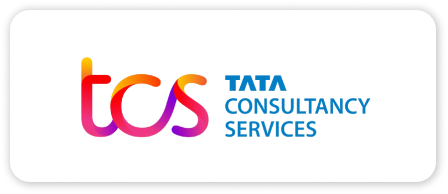
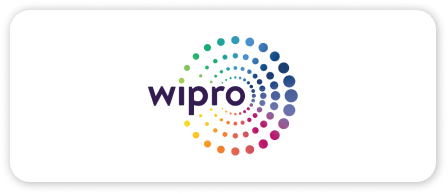


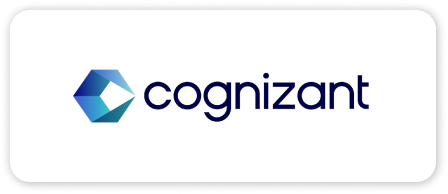

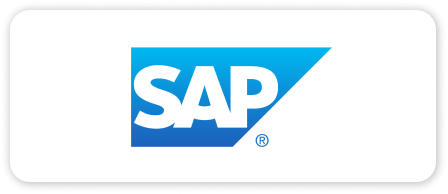
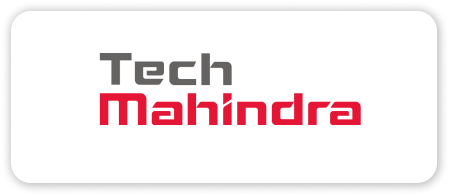
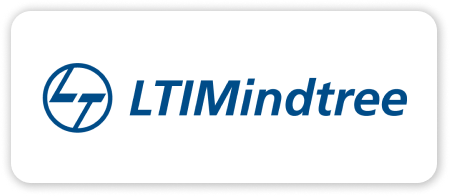
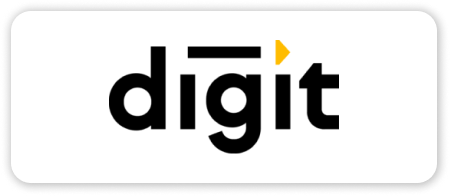
Get Certified
Once you complete the course offline, complete the assignment and project, you will be able to get the Course certificate.
After Live project work for a minimum of 1 month, you will receive an Internship Certificate.
- Attendance must be 60% offline Training Sessions and Internship.
- After scoring at least 60% in the quiz & assignments.,
- After Completing 1 Project in Internship Period.

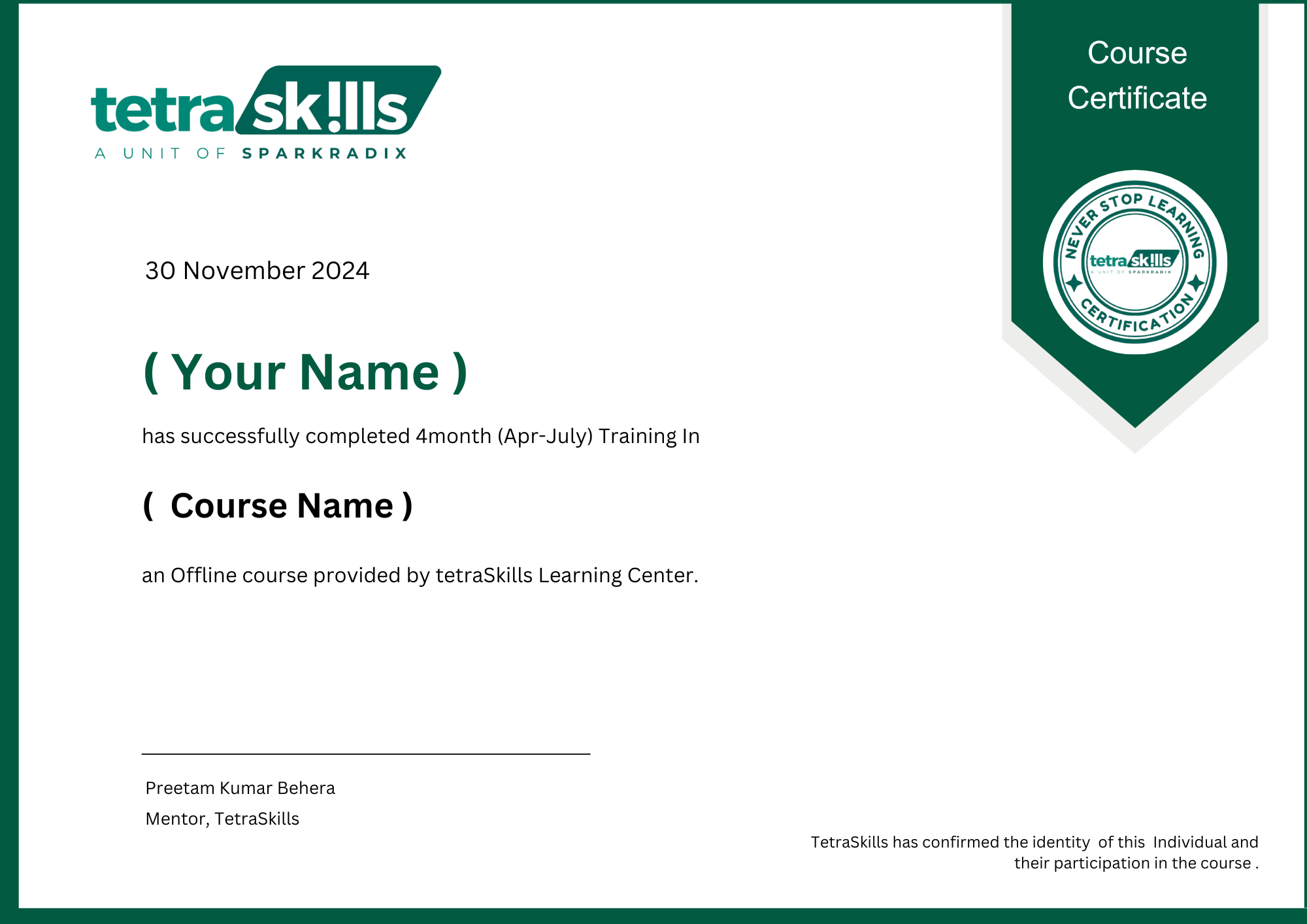
Student Reviews
Biswaranjan Nayak
Internship program is good and teaching skills of mentors are very good.
Omprakash Jena
The teaching skills are overally good but the mentoring skills can be improved. Office curriculum for interns should be better.
Roumya Prakash Sahoo
The Training + Internship program offered invaluable learning opportunities and practical experience, greatly enhancing my skill set and professional growth. However, the management faced challenges in efficiency, where better organization, improved communication, and streamlined coordination could have elevated the overall experience, making it more seamless and fulfilling.
Twinkel Sahani
The ‘Training + Internship Program’ was highly valuable, combining clear training sessions with practical projects. It enhanced my technical skills and provided real-world experience, allowing me to apply what I learned effectively.
Sambit Parida
I feel glad to get such a huge amount of knowledge and got to learn so many things which are new for me and give such a wonderful experience for my whole upcoming life. Thank you and fell pleasure to be the part of this company.
Saurav Kumar Behera
I am grateful for the incredible knowledge and new experiences I have gained, which will positively impact my future. Being part of this company has been a truly enriching journey, and I am thankful for the opportunity.
Satyajit Das
I’m very happy with your internship program and thankful to your team
Success Stories
Cracked First Job
Sourav Kumar Samantaray
2025 MCA
Continuing MERN Training + Internship Program in TetraSkills
Job - TCS

Cracked First Job
Sai Som Biswal
2025 B-Tech CSE
Continuing MERN Training + Internship Program in TteraSkills
Job - Tech Mahindra

Cracked First Job
Rudra Narayan Swain
MCA 2024
Completed Data Science Certification fromTetraSkills, Landed Internship in Data
Job - LTIMindtree, Pune

Cracked First Job
Ch. Monalisa Padhi
2024
Completed MERN Stack Web Development
Job -Total technology system, Bhubaneswar

Cracked First Job
Subhasmita Maharana
2024
Completed MERN Stack Web Development
Job - Pinnacle Consulting, Bhubaneswar

Cracked First Job
ASHUTOSH SAHOO
B-tech 2024
Completed MERN Stack Web Development
Job - SBI Headquarter, Bhubaneswar
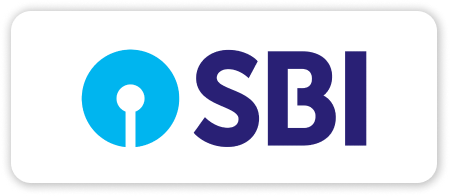
Cracked First Job
Sweta Sipra Panda
B-tech 2024
Completed MERN Stack Web Development
Job - Marquee Semiconductor, DLF, BBSR

Cracked First Job
Susmita Dash
B-tech 2024
Completed MERN Stack Web
Development
Job - Marquee Semiconductor, DLF, BBSR

Cracked First Job
Anjali Kumai
2024 B-TECH
Completed Web developer and graphics design Internship in XLNC.io through TetraSkills Program
Job - Digit Insurance, BBSR

Cracked First Job
Subham Subhasis Sahoo
2024 MCA
Completed MERN Stack Web
Development
Job - Qualitas Global, PUNE

Cracked First Job
Jayadev Satapathy
2024 MCA
Completed Frontend Web
Development
Job - Oasys Tech Solutions Pvt Ltd., BBSR
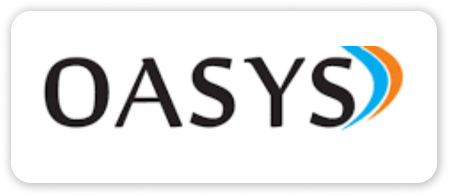
Cracked First Job
Anand Kumar
2024 B-TECH
Completed MERN Stack Web Development, got stipend based Internship in TetraTrion
Job - MindFire Solutions, Bhubaneswar
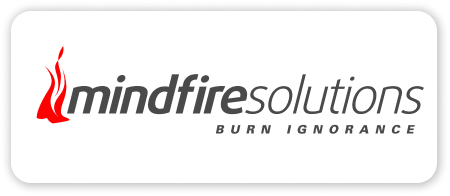

TetraSkills FAQ
What is the refund policy?
TetraSkills operates a strict no-refunds policy for all purchased paid courses. Once a course purchase is confirmed, payment cannot be refunded. This policy applies to all courses, irrespective of the price, duration, or the learner’s progress within the course.
I need to enroll in a course. Whom should I contact?
To enroll in a course, you can:
- Fill out the form for the course you are interested in, and our team will connect with you over the phone.
- Alternatively, if you are in Bhubaneswar, you can visit our offline Learning Center directly for enrollment assistance.
Does TetraSkills provide job assistance and on-campus placement?
TetraSkills does not directly provide job assistance or on-campus placements. Instead, we focus on equipping students with the skills and experience needed to succeed in placements. Our offerings include:
- Mock interviews and group discussions.
- Practical skill-building exercises.
- Hands-on experience through internships with partner companies.
Through these programs, students become placement-ready and gain the confidence to excel in their career paths.





